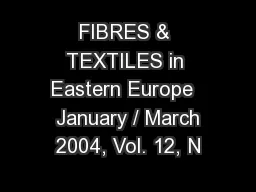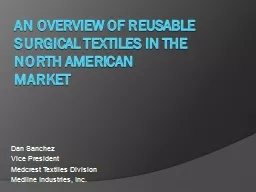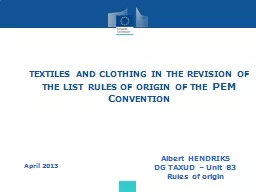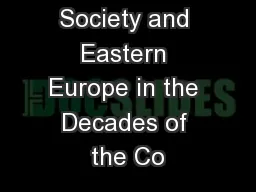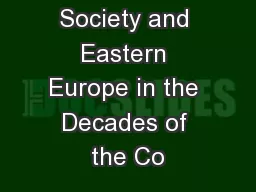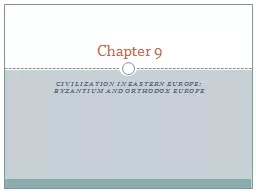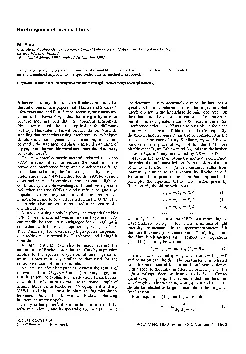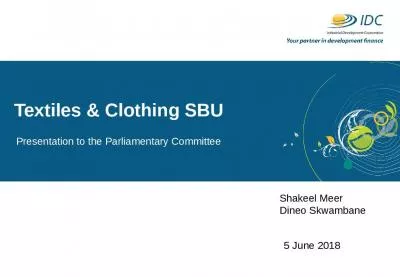PDF-FIBRES & TEXTILES in Eastern Europe January / March 2004, Vol. 12, N
Author : faustina-dinatale | Published Date : 2016-04-21
FIBRES TEXTILES in Eastern Europe January March 2004 Vol 12 No 1 45 All technical hemp x00660069bres including the hackling noil occur as compact bundles of elementary
Presentation Embed Code
Download Presentation
Download Presentation The PPT/PDF document "FIBRES & TEXTILES in Eastern Europe Ja..." is the property of its rightful owner. Permission is granted to download and print the materials on this website for personal, non-commercial use only, and to display it on your personal computer provided you do not modify the materials and that you retain all copyright notices contained in the materials. By downloading content from our website, you accept the terms of this agreement.
FIBRES & TEXTILES in Eastern Europe January / March 2004, Vol. 12, N: Transcript
Download Rules Of Document
"FIBRES & TEXTILES in Eastern Europe January / March 2004, Vol. 12, N"The content belongs to its owner. You may download and print it for personal use, without modification, and keep all copyright notices. By downloading, you agree to these terms.
Related Documents

